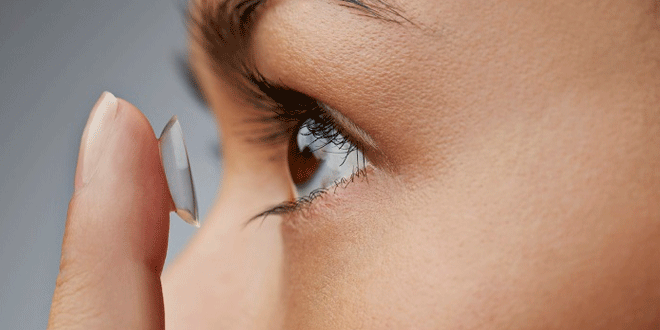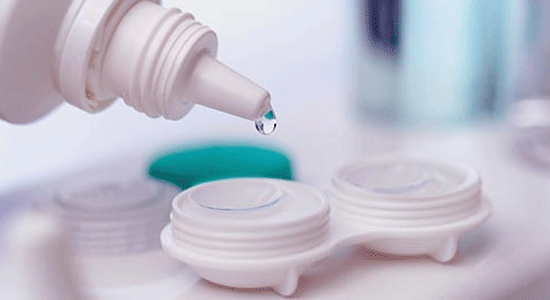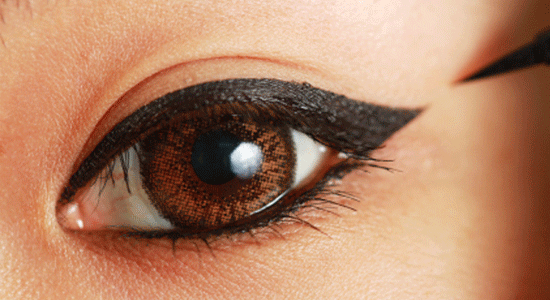
Safety Tips for Wearing Contact Lenses
There are many risks associated with wearing contact lenses. Eye infections and corneal ulcers and abrasions are examples of conditions that can develop due to improper use of contact lenses. In some cases, such conditions may lead to blindness. The number of cases of microbial keratitis, a disease that occurs when bacteria or viruses invade the cornea has escalated in recent years due to increased frequency of contact lens use. The following is a list of safety tips to make sure that aesthetic advantages of wearing contact lenses are not coming at the cost of healthy eyes.
1. Make Sure Contact Lenses are Right for You
If you suffer from severe allergies, ‘dry eyes’ (dysfunctional tear film), frequent eye infections, or live in a dry, dusty or dirty environment, you are automatically placed at a high risk of developing complications from contact lenses. Before opting for lenses you should be confident that you do not meet any of the above conditions and that you are responsible enough to handle and care for the lenses properly.

2. Clean Your Contact Lenses Case after Each Use
This may seem tedious, but failure to do so can result in the buildup of a biofilm–a layer of mucilage that contains bacteria and other microorganisms–on the walls of the container. This increases your chances of eye infection.
3. Wash Your Hands Thoroughly Before Handling Your Lenses
Unwashed hands are covered with infection causing bacteria. These bacteria are transferred to you lenses every time you touch them.

4. Never Sleep with Your Contact Lenses On
Contact lenses decrease the supply of oxygen to your cornea. Wearing lenses while sleeping decreases this supply to such an extent that it causes the cornea to swell, creating gaps between the cells on its surface. Bacteria can enter these gaps and cause infection.
5. Replace Your Contact Lens Solution Every Day
Letting contact lenses sit in the same solution for several days, or topping off the old contact lens solution with new solution rather than replacing it entirely is the equivalent of allowing your lenses to stew in a bacteria-rich pool. If you wear lenses infrequently, consider opting for one-day disposable lenses to avoid the trouble of having to clean and store them carefully.
6. Never Let Tap Water or Saliva Come in Contact with Your Contact Lenses
That includes contact made while showering or swimming. Both tap water and saliva contain microorganisms that can cling to the lens. In countries like Pakistan, even drinking water can contain microorganisms that may lead to eye infections via contact lenses. Storing contact lenses in water can cause them to absorb water and swell as tap water tends to have a lower salt concentration than tears. A swollen lens can be tight on the eye and create microscopic breaks in the cornea where bacteria can grow.

7. Apply Make-up after Putting on Your Lenses
This helps you avoid getting make-up on your lenses. On the same note, stay away from water-proof make-up while wearing contact lenses, as the make-up can bind to the lens, greasing it permanently.
8. Replace Your Case at least Every Three Months
This rule applies even if you have been diligent about cleaning your case daily. Buildup of microorganisms in old cases is the leading cause of eye infections

